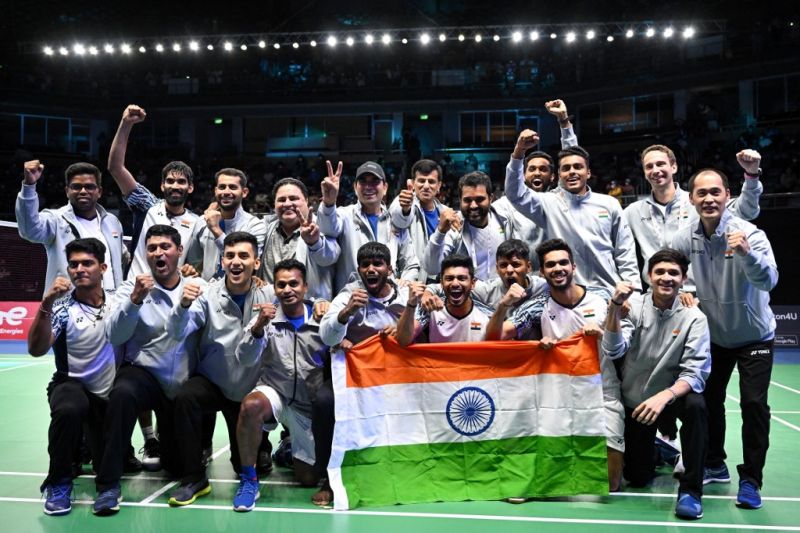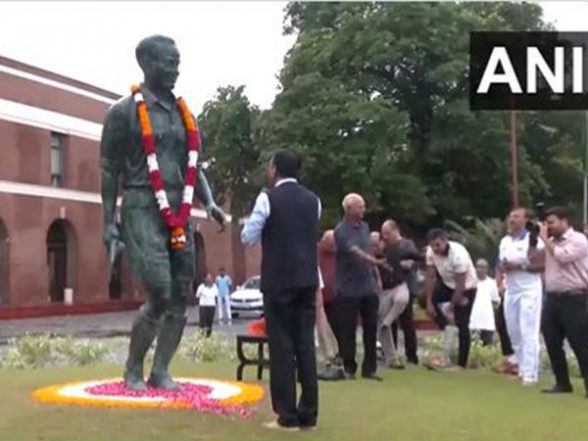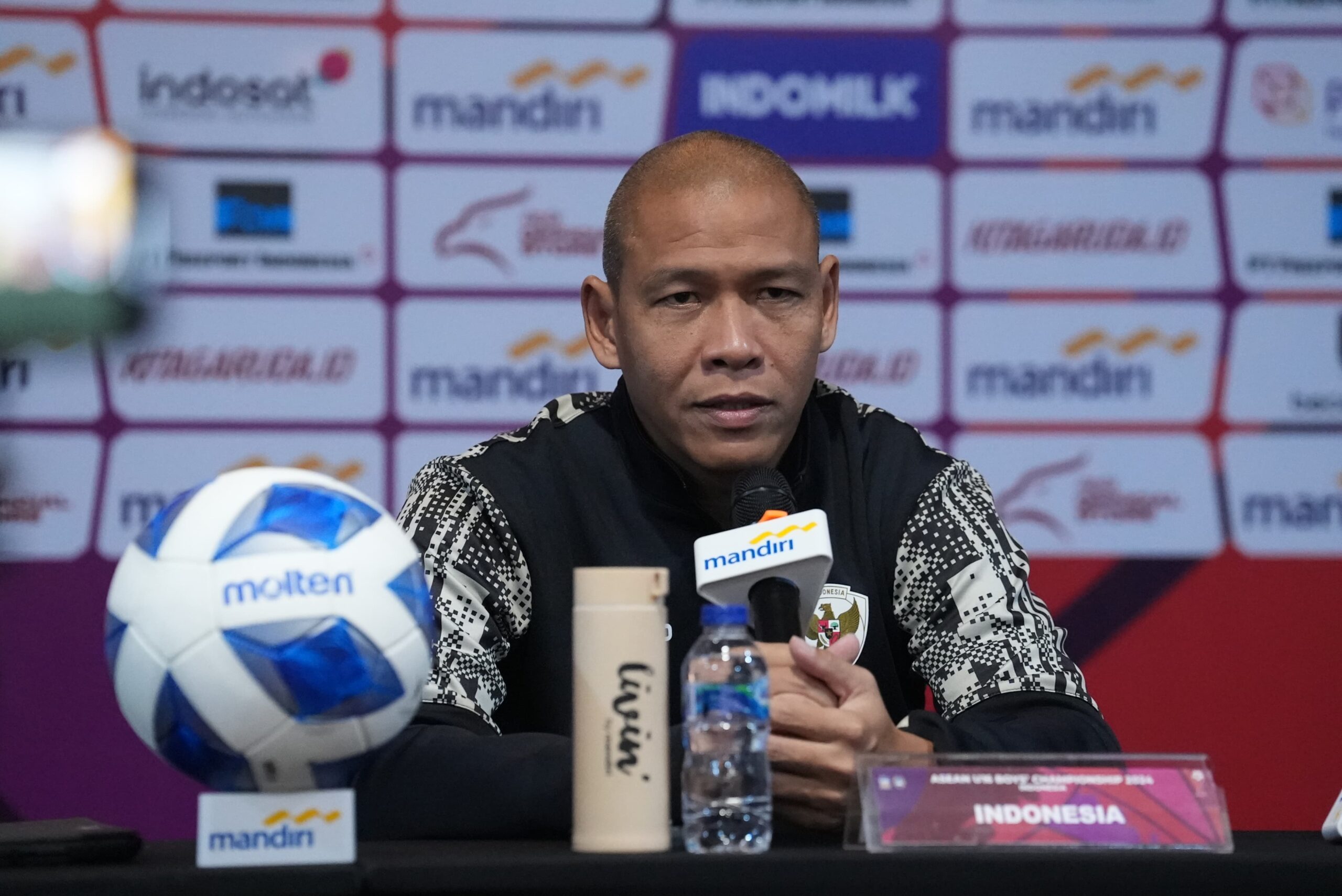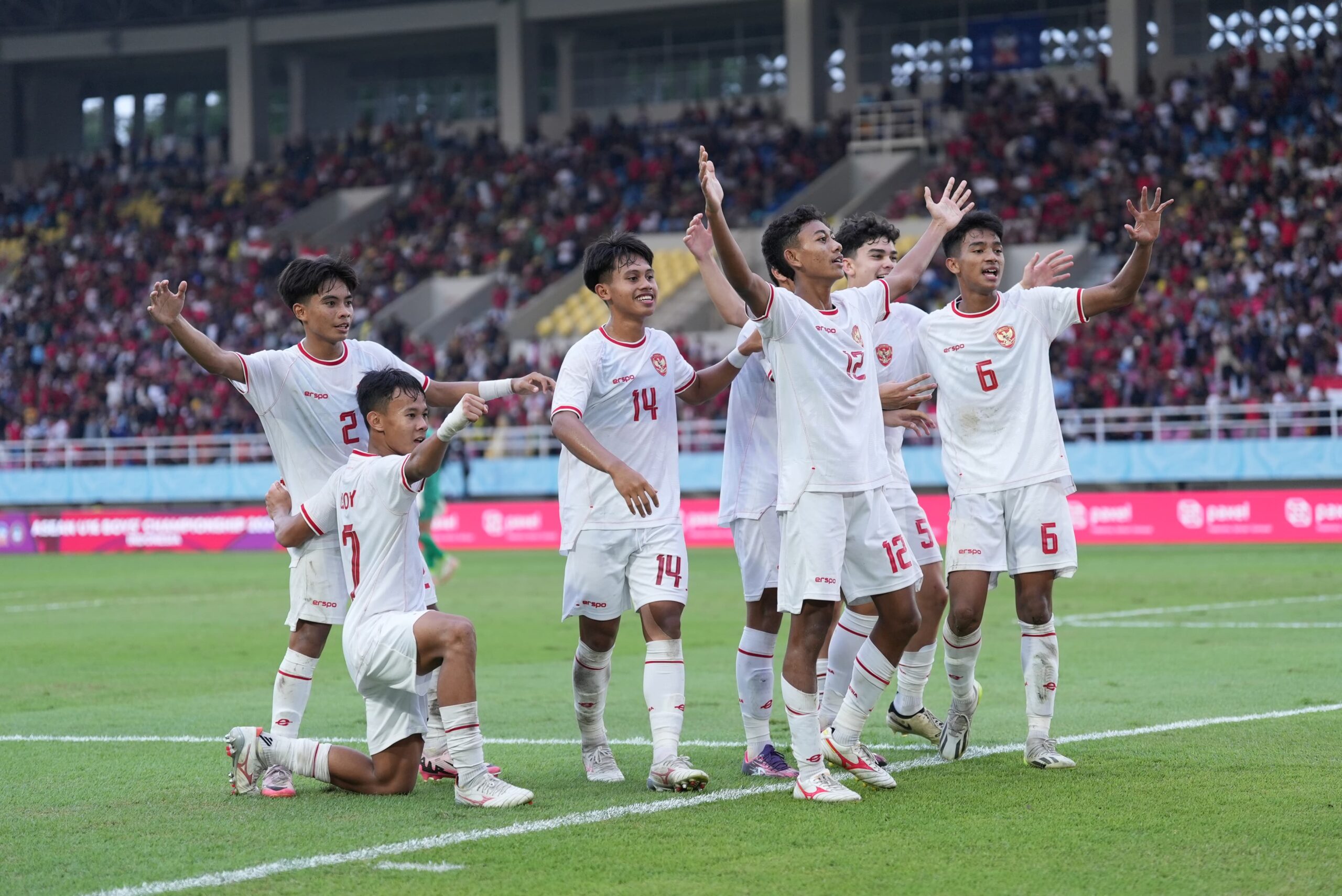Jakarta (ANTARA) – Their daughter reached the quarter-finals of the 2022 Uber Cup, while her son made the biggest shock in the country’s badminton history by winning the Thomas Cup for the first time.
Yes, India immediately turned into one of the great poles of world badminton which penetrated the dominance of Indonesia, Denmark, China, Japan, South Korea and Malaysia.
They won 5-0 each against Germany and Canada in the group stage, but despite losing 2-3 to Taiwan in the last group stage, they beat Malaysia and Denmark with a consecutive score of 3 -2 and Indonesia 3-0, which are all traditional powerhouses in world badminton, in the quarter-finals, semi-finals and finals respectively.
Even in the final, men’s singles Lakshya Sen, men’s doubles Satwiksairaj Rankireddy/Chirag Shetty and men’s second singles Kidambbi Srikanth prevented Indonesia from playing the second doubles and third singles.
A high point for India, a high point for Indonesia, though it’s illegal to overlook the hard and heroic struggles of Anthony Ginting, Mohammad Aksan/Kevin Sanjaya and Jonatan Christie.
In the past, India gave birth to legends such as Prakash Padukone and Pullela Gopichand who both won the All England.
After that, they gave birth to players such as Saina Nehwal who won a bronze medal in women’s singles at the London Olympics in 2012, then PV Sindhu who won a silver medal at the Rio Olympics in 2016 and a bronze medal at the Tokyo Olympics in 2020.
There is more, but even though the number of successful badminton players from India still outnumber traditional world badminton powerhouses like Indonesia, what they did this year by winning the Thomas Cup was truly special, more than sweet.
Winning the Thomas Cup is an indication of the relative prevalence of Indian badminton at present. Not only that, their success is also an indication of the magnitude of the changes that have recently taken place in Indian badminton.
But Indian badminton is not as vibrant as it has been for the past twelve years. On the other hand, there were tough times when the public as well as the media in this country didn’t really care about this sport because they probably cared more about sports like cricket, kabaddi and hockey .
Saina Nehwal
In the late 1990s, Pullela Gopichand’s mother, Subbaravaramma, went to great lengths to help her son get extensive newspaper and television coverage. But that never happened even though Gopichand won the All England title in 2001.
However, once Gopichand became the head coach of the Indian national badminton team, the face of Indian badminton slowly but surely changed to what it is today. Not only the performance of the athlete continues to increase, but also the popularity of badminton in the subcontinent.
After retiring from badminton like Prakash Padukone did before, Pullela founded Gopichand Badminton Academy in 2008 which produced a number of top badminton players such as Saina Nehwal, PV Sindhu, Sai Praneeth, Parupalli Kashyap, Srikanth Kidambi, Arundhati Pantawane, Gurusai Datt and Arun Vishnu.
Saina Nehwal won the 2012 Olympic bronze medal while PV Sindhu won the Rio 2016 Olympics silver medal in addition to the Tokyo 2020 Olympic bronze medal. Shindu is also the first Indian to win the BWF World Championships.
Gopichand highlighted the initiative of LV Subramanyam (Deputy Chairman of Andhra Pradesh Sports Authority (SAAP) which became the candra crater at the forefront of Indian sports which gave birth to cricket stars , badminton and others) to organize world class events tournaments in India to popularize badminton in the country.
“His (LV Subramanyam) foresight helped us introduce badminton more widely,” Gopichand said as quoted by The Times of India.
Badminton has grown in popularity in India after Saina Nehwal and PV Shindu achieved success in the last three Olympics.
Besides being the head coach, Gopichand has worked tirelessly to find sponsors for the tournament. He used to stay up late just to prepare for a successful tournament.
Gopichand’s efforts paid off. Widespread support from sponsors made competitions more frequent and eventually badminton grew in popularity so that every time an Indian athlete wins a tournament there is an uproar on social media.
Celebrities such as Anand Mahindra, Rajnikanth, Amitabh Bachchan and other famous movie stars are busy sending congratulatory messages to athletes who gain glory in major tournaments, especially international ones.
richer training
The badminton academy or training system that continues to produce athletes ready to show off, including those who have now won the 2022 Thomas Cup, along with increasingly frequent competition, growing popularity and support to sponsorship which makes the motivation for success even greater due to big prizes, have made Indian badminton progress.
The age group badminton players in India now find it easy to decide to get involved in professional badminton, especially in this country there is already a professional badminton league.
The prize money increases for each tournament which makes Indian badminton more widely adopted by the public which ultimately drives the sport forward from time to time.
Their success in winning the Thomas Cup from Indonesia, who at 19 won that trophy match at the 2020 Thomas Cup (which was postponed to 2021) in Denmark, not only made India the sixth country to win the Thomas Cup after Indonesia, China, Malaysia, Denmark and Japan.
This success also shows that India has a fairly well-rounded roster of players who can challenge the dominance of Indonesia and other global badminton powers in the men’s sector.
This richer roster means that India have quite a varied stock that allows them to fill major badminton tournaments with the possibility of achieving the best results.
On the other hand, India’s success in winning the Thomas Cup is a wake-up call for Indonesia and other world badminton powerhouses.
The fact that they managed to beat Indonesia’s top two men’s singles in the Thomas Cup final shows they can pull off similar upsets in badminton tournaments, including the Paris Olympics where badminton is likely to be Indonesia’s mainstay in maintaining the tradition of Olympic gold.
Either way, India’s methodical and evolutionary way of elevating badminton, including the determination and vision of Pullela Gopichand, is a sign that the power of badminton is so widespread.
For Indonesia itself, before the change of power, a thorough assessment must be carried out immediately. It’s not that the current formation of players is not good, they even need to be praised and appreciated, but new faces in other regions like India have come up with another new formula that threatens our domination.

“Thinker. Food advocate. Incurable coffee enthusiast. Communicator. Proud student. Zombie buff. Tv fanatic. Extreme troublemaker.”







